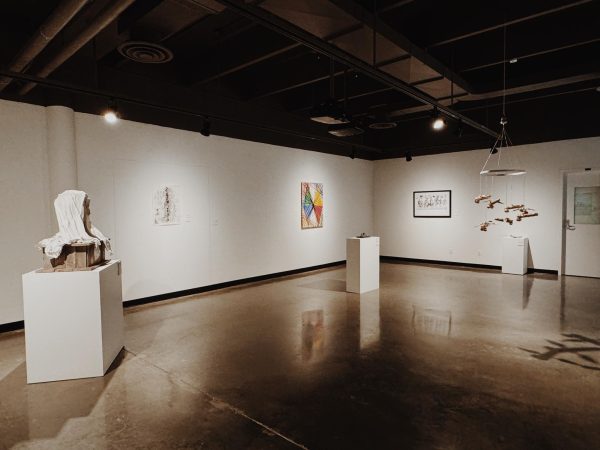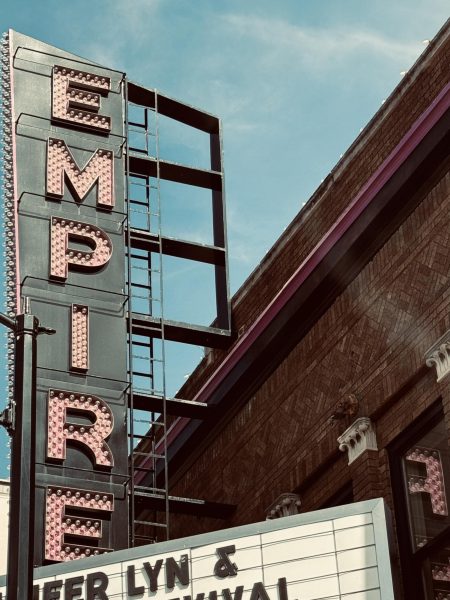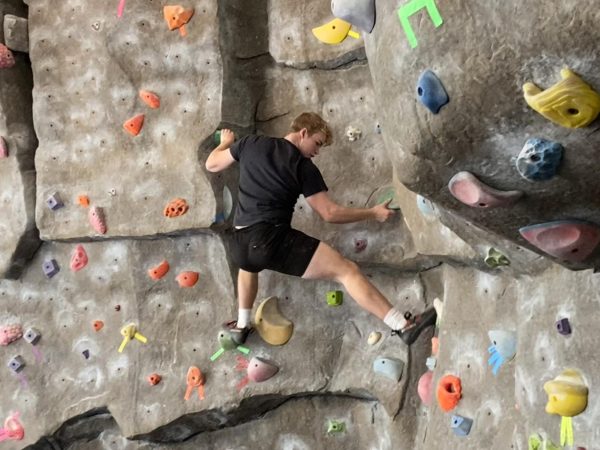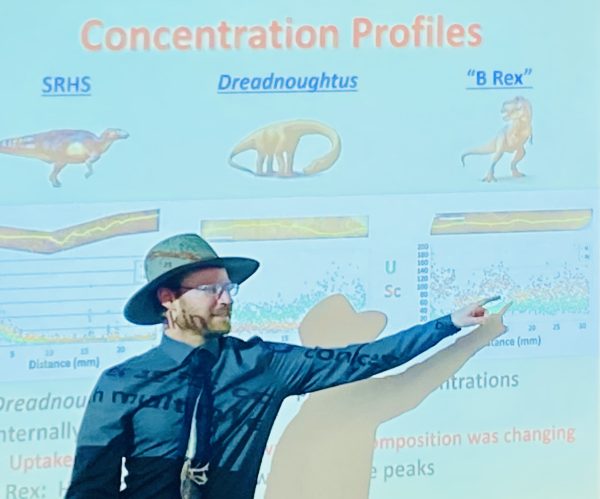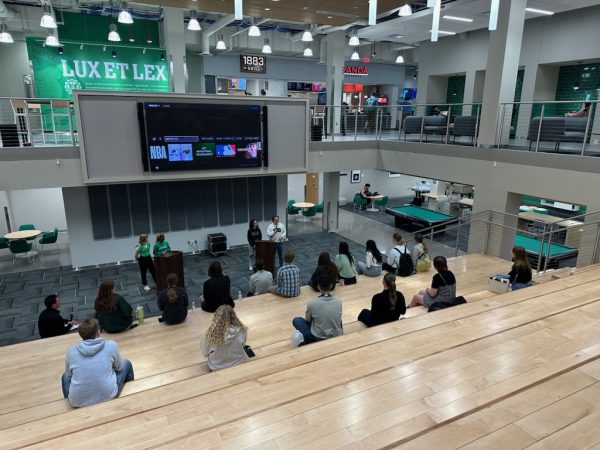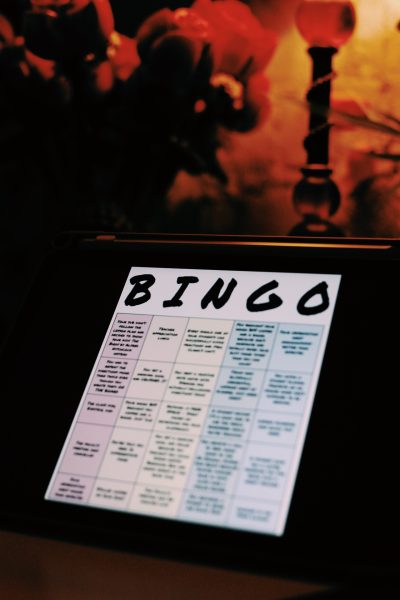Snow country prison
April 21, 2017
The North Dakota Museum of Art has a special exhibition on display through May 21. “Snow Country Prison: Interned in North Dakota” brings to life the experience of Japanese and German-Americans held at Bismarck’s Fort Lincoln from 1941 to 1946.
After the 1941 attack on Pearl Harbor, Japanese and German-Americans around the country were arrested and brought to internment camps under the Alien Enemies Act. These “enemy aliens” were taken from their homes and sent to isolated camps.
Over the five-year period when Fort Lincoln was operating as a camp, over 1800 people of Japanese descent and around 1500 Germans were held at the facility. For many years, many internees kept quiet about their time at the Fort. “Snow Country Prison: Interned in North Dakota” tells the story of these “enemy aliens” from the time they were removed from their homes and families to the day they were released.
The exhibition displays a collection of black and white historic photographs of the camp and the people inside. The photographs, arranged in a chronological order, show the events of Fort Lincoln from beginning to end, including loading internees onto trains, the conditions of the camp, and the daily lives of people being held there.
There are also large banners that hang from the ceiling the floor. The banners show detailed images of the people kept at Fort Lincoln. You can see the emotions coming through their eyes and the worn looks on their faces.
Along with the photographs, the walls of the exhibition are adorned with haiku poems written by Itaru Ina, one of the Japanese internees. Ina’s poetry adds an even more emotional and personal look into the experiences of the many people trapped in the camp.
Of the many haikus throughout the walls of the exhibition, these are just a few. One poem reads, “In the field of white snow I starve for the love of my own people.” Another, “This thing called repatriation. Fear lives in my mind.” Finally, after the release of the internees, “The war has ended — but I’m still in the snow country prison.”
Dr. Satsuki Ina, the daughter of Itaru Ina, worked as a consultant to the exhibition.
The exhibition made it’s debut in 2003 in Bismarck at the original site of the former camp. The area now is home to the United Tribes Technical College. Now, 14 years later and after showcases in multiple museums, the collection has made it’s way to our North Dakota Museum of Art. The exhibition was curated by Laurel Reuter, the Director of the NDMOA. It came to Grand Forks with a joint effort from Reuter and the United Tribes Technical College.
Three other exhibitions are also on display at the NDMOA. “Suspension” by Zemer Peled will run through May 31. Peled’s work is a delicately woven and interlocked sculpture of porcelain pieces that hangs from the ceiling. Individual pieces form together along with the help of gravity to create a whole composition. The pieces rely on each other to keep from collapsing.
The paintings of Susan Amundarain are featured alongside Peled’s work. Amundarain is an international artist whose work has been displayed worldwide. Her abstract paintings “reflect the veiled mysteries and uncharted territories, like those found in the rainforests and mesa mountains of her home country,” according to the NDMOA.
Finally, “Barton’s Place” is the recreated apartment of New York artist Barton Lidice Benes. Benes filled his space with treasures and art from across the globe. The collection is worth over $1 million. In 2013, Benes’ menagerie of wonders was relocated to the NDMOA under the supervision of Reuter, museum director as well friend and colleague to the artist.
Take some time to wander through the North Dakota Museum of Art and see for yourself “Snow Country Prison: Interned in North Dakota” as well as other great works.
Ben Godfrey is a staff writer for The Dakota Student. He can be reached at [email protected]




